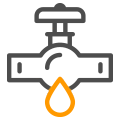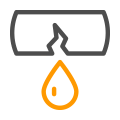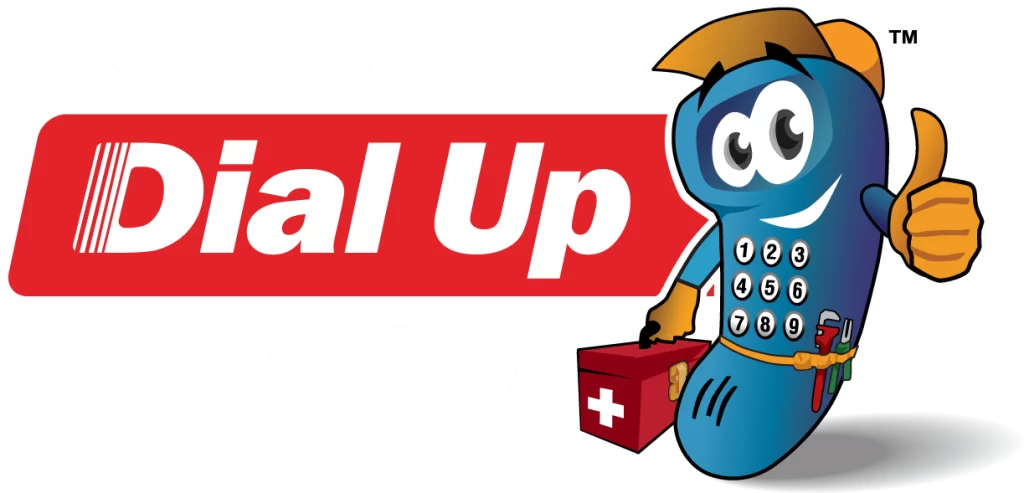Suspecting a water leak?
In this article, we will tell you how to locate a water leak inside a wall along with some suggestions for repairing it.
A dark or wet patch on your ceiling, walls, or floor is a sure sign that you have a plumbing issue, and it might lead to a major disaster if you ignore it.
Signs to prove that you have a water leak inside the wall
A water leak is easy to detect. Several methods exist, with some being more obvious than others. First, let’s go over what the signs of a water leak look like. Here are the signs of a water leak;
- Spots of discoloration on the wall.
- Wet areas on the wall, making it look like it is sweating.
- If you see any black or brown stains on the wall, it means mold has started to grow.
- The presence of mold in unusual places – If you see black or brown mold in a non-damp section of your home, it could be a symptom of a leaking pipe.
- If you cut off your water supply, you may hear a steady drip.
- You can smell the musty odors lingering in the air as you pass by the walls.
- Surprisingly high-water bill
How to detect water leaks in the wall?
If water is seeping through your walls, you should look for the source and any other information that could help you pinpoint the problem.
The first step in locating a leak is, of course, to investigate the area thoroughly; after all, the clear indicators of water damage in walls are often unnoticeable.
We have already mentioned some visible signs. However, there are a few additional ways for testing your suspicions to be sure of water leaks inside your walls.
Using Water meter
Your water bill will rise if there is a substantial volume of water leaking into your walls. Therefore, the water meter is the first and easiest place to look for a hidden water leak.
The amount of water consumed by your family can be calculated by reading the meter and noting the resulting number of gallons.
Water sources should be cut off including the sinks, tubs, and toilets as well as any water-using equipment like the washing machine, dishwasher, and sprinklers. If you want reliable results, you should wait at least three hours before using any water in your house again.
Make sure there are no leaks in the plumbing, such as sinks, tubs, and showers. The water meter must then be reviewed. If it has gone up, water is leaking in someplace at your house.
Through Moisture meter
A moisture meter is a useful instrument for detecting hidden water damage within walls. The moisture content of substances can be assessed with this apparatus. Readings below 1% are typical for masonry materials like drywall, concrete, and brick.
Moisture detectors come in two varieties: those with pins are best for pinpointing damp regions, while those without are more versatile.
To get the most out of this instrument, though, you may need to invest some time and energy.
Infrared Camera
Water damage might be hard to prove if you don’t see the exact indicators, such as paint bubbling on the wall.
Infrared cameras are a fast and non-destructive way to find water leaks behind walls. Technically, this device has several limitations and cannot reveal with 100% accuracy what is behind your wall.
However, it has the ability to sense heat coming from your wall and display the temperature range it detects using a rainbow of colors.
The camera is helpful for detecting water leaks in walls and displays blue or purple colours in the wettest or coldest areas.
Cut into your drywall.
Go for this method if the above-mentioned methods are not working for you. The basic concept is to cut a hole in your wall.
However, the region of obvious water damage may not be the actual location of the leak. The drywall in your wall may not come into contact with the water dripping down the pipe for quite some time.
Before making a dramatic decision to cut through the wall, you might need an expert’s suggestion. If you live in Sydney, then we are one call away to help you with your problem. Give us a call on (02) 8999 6125.
Conclusion
Water damage is certain when you notice any of the above-mentioned symptoms of hidden leaks. If you ignore a wall leak, it can cause significant water damage to your property.
You can save time, energy, and money on your water bill by having a professional find the leak and its source. We thoroughly evaluate the situation and provide you with the best solution. Feel free to contact us for further information.











